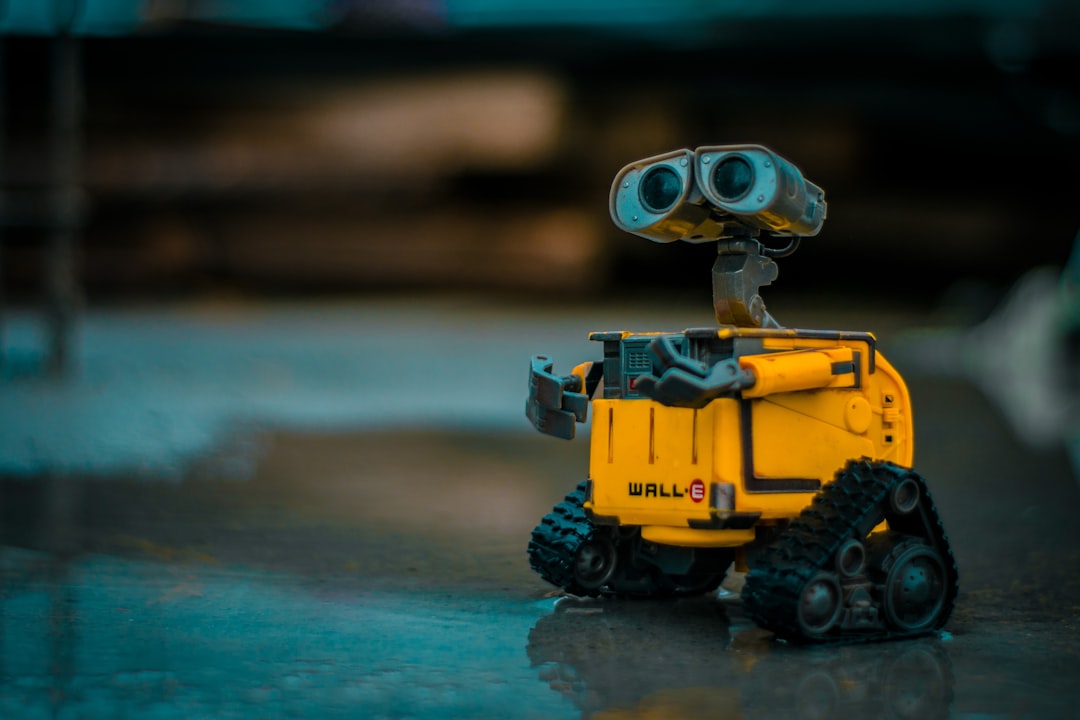What is it about?
Changes in climate, population, and land use affect how rivers flow, impacting ecosystems and water management. Understanding this relationship helps ensure sustainable development. This study looks at how these factors might alter the Achencoil River basin in Kerala, India. It examines how the land is used, predicts how the climate might change, and then uses computer models to understand how these changes could affect the flow of the river. The researchers wanted to use this information to help manage the river better and protect the environment around it. They found that by 2050, there will be even more urban areas around the river, increasing water demand. Regarding the impact of climate change, they predicted an increase in floods during the rainy season and a higher risk of droughts at other times of the year.
Featured Image

Photo by Steve Huntington on Unsplash
Why is it important?
Figuring out how land and climate changes can affect how the river acts helps predict problems like floods or dry spells. This is important as it helps manage water and protect nature. The study predicts the possible changes in the Achencoil basin's water system by 2050. This will help plan better ways to handle water resources that keep the river healthy and ensures there's enough water for everyone. KEY TAKEAWAY: Climate change and urban growth impact our vital rivers, influencing their resources. Understanding these effects is key to safeguarding these waterways for the future. In the Achencoil area, this study revealed that while land use changes affect river flow, climate shifts have a greater impact on river behavior. This research relates to the following Sustainable Development Goals: • SDG 6: Clean Water and Sanitation • SDG 13: Climate Action • SDG 11: Sustainable Cities and Communities • SDG 15: Life on Land
Read the Original
This page is a summary of: Assessing the Impacts of Land Use, Land Cover, and Climate Change on the Hydrological Regime of a Humid Tropical Basin, Natural Hazards Review, November 2023, American Society of Civil Engineers (ASCE),
DOI: 10.1061/nhrefo.nheng-1801.
You can read the full text:
Resources
SDG Showcase: Goal 6 – Clean Water and Sanitation
More plain language summaries of research relevant to Sustainable Development Goal 6: Clean Water and Sanitation – brought to you by the SDG Knowledge Cooperative
SDG Showcase: Goal 13 – Climate Action
More plain language summaries of research relevant to Sustainable Development Goal 13: Climate Action – brought to you by the SDG Knowledge Cooperative
SDG Showcase: Goal 11 – Sustainable Cities and Communities
More plain language summaries of research relevant to Sustainable Development Goal 11: Sustainable Cities and Communities – brought to you by the SDG Knowledge Cooperative
SDG Showcase: Goal 15 – Life On Land
More plain language summaries of research relevant to Sustainable Development Goal 15: Life On Land– brought to you by the SDG Knowledge Cooperative
SDG Knowledge Cooperative
More plain language summaries of research relevant to all the Sustainable Development Goals.
ASCE Climate Change Showcase
More plain language summaries from ASCE relevant to Climate Change
Climate Change Showcase
More plain language summaries of research relevant to Climate Change
ASCE Sustainable Development Goals Showcase
More plain language summaries from ASCE relevant to Sustainable Development Goals
Contributors
Be the first to contribute to this page










